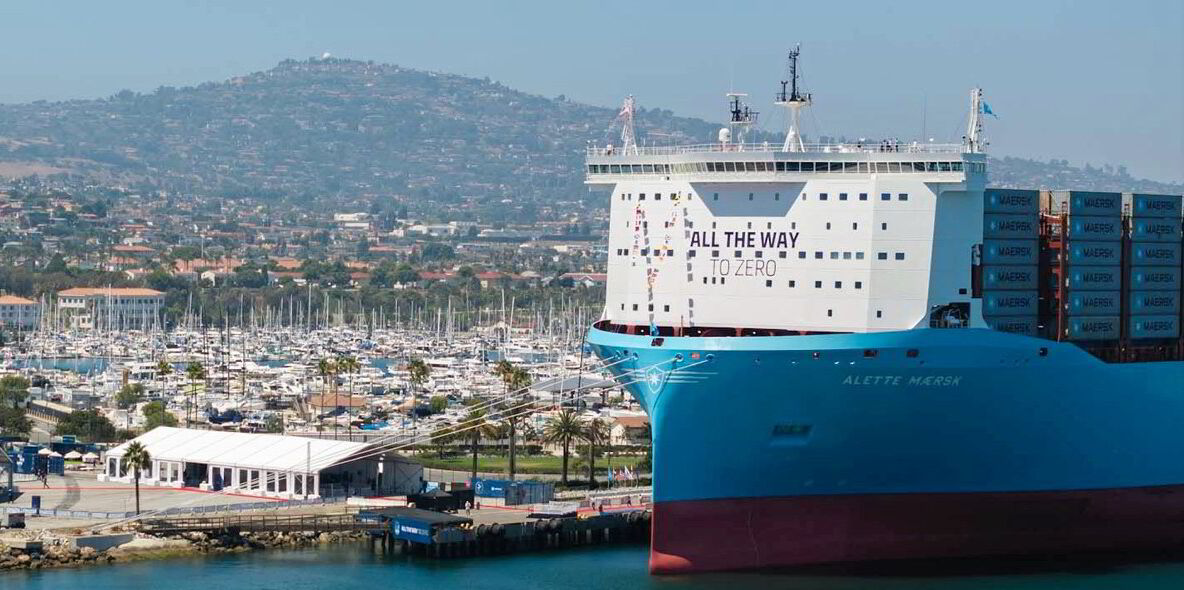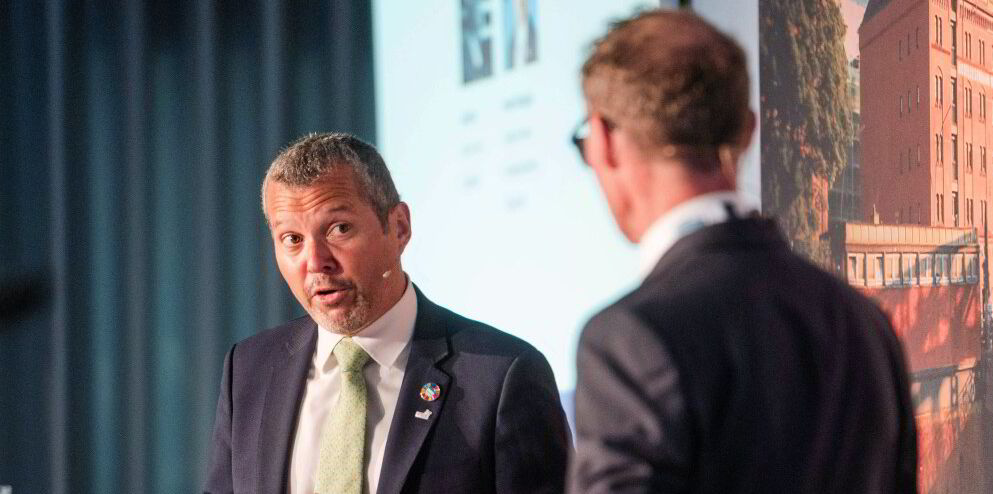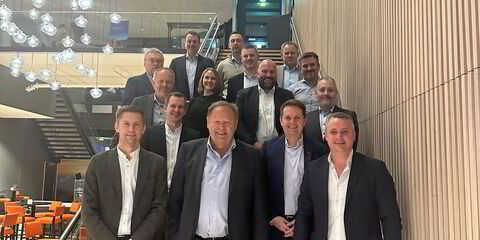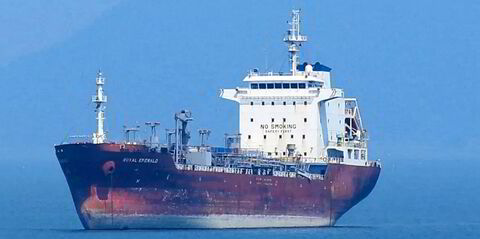New European Union regulations promoting green fuels produced from biogas are raising concerns. While the rules encourage greener energy, they also create regulatory barriers for shipping companies looking to source these cheaper, more abundant fuels outside Europe.
The regulatory hurdles impact bio-LNG — also known as liquefied biomethane — and producers of ammonia and methanol, which are primarily made from natural gas but can be made “green” using biogas.
Fuel market sources and the US government have pointed to barriers posed by the EU’s Union Database for Biofuels, a digital platform launched in January that allows traceability and sustainability certification for such fuels.

The International Trade Administration, an arm of the US Commerce Department, said that the upcoming launch of the biogas database in November threatens to “disrupt” US exports.
The EU regulation will only provide sustainable certification for biogases, including the biomethane used to make bio-LNG and some forms of green ammonia and methanol, the agency said.
“US biogas producers are concerned by the current regulation and the market uncertainty,” the trade administration said on 17 October.
The Union Database will discourage EU customers from buying renewable biogas from the US, the agency said, as it will not count towards the targets set by the EU’s Renewable Energy Directive II.
US diplomats are engaging with the European Commission to address the issue.
TradeWinds has requested comment from the commission press office on the US concerns.
‘Simply unworkable’
One US fuel producer explained that the problem is that the database does not count the US as an interconnected gas grid, meaning that the only way for US biogas to count towards EU renewables targets is to connect the biogas plant directly to the point of export.
“That’s just simply unworkable,” he said.
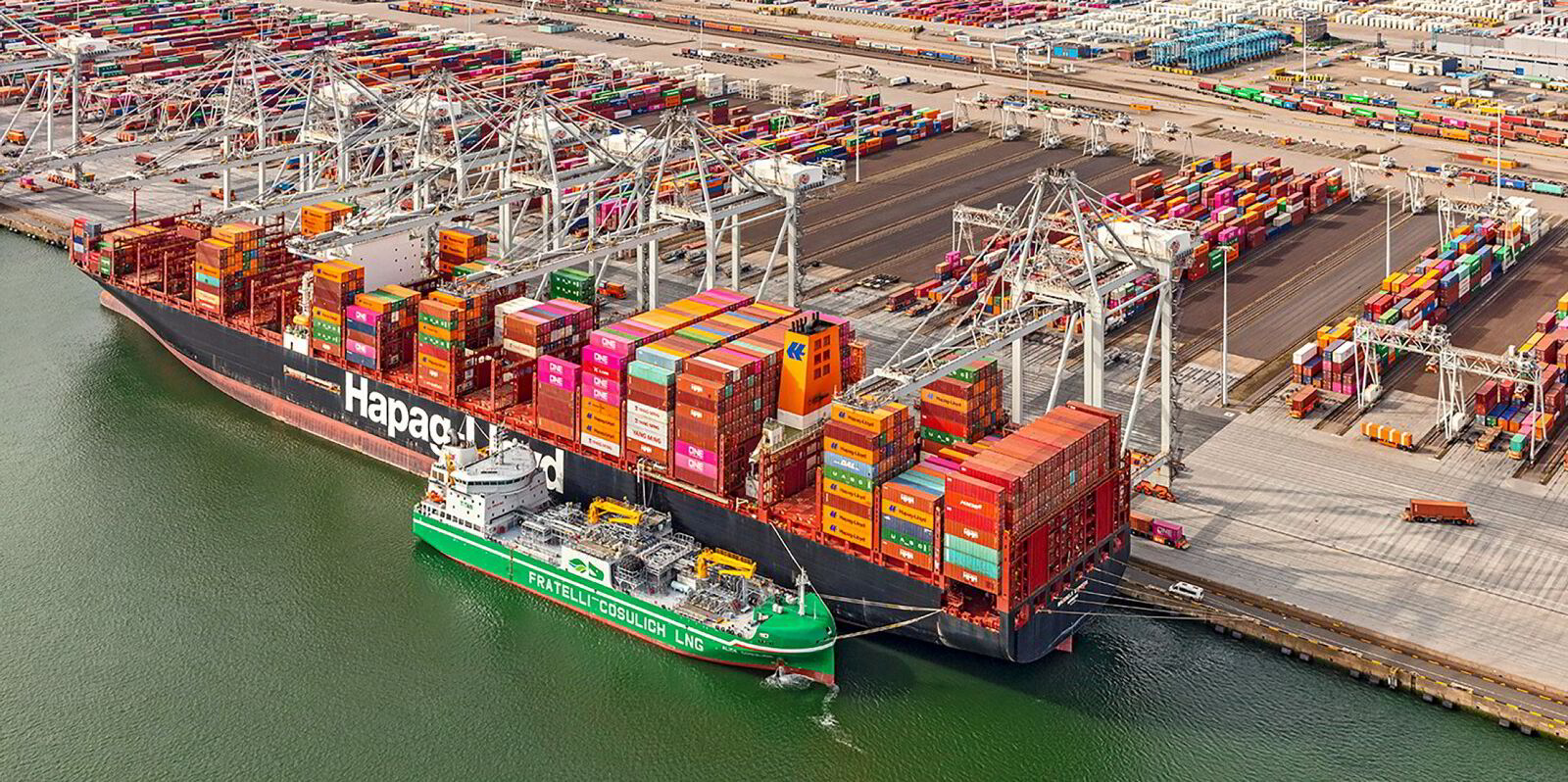
“Because then you’re saying, I have to, at a biogas facility, make sure I’m delivering dedicated trucks or a dedicated pipeline where no one else is using that pipeline.”
That could mean, for example, connecting 50 digesters or landfill projects to a liquefaction plant to achieve the scale of LNG shipments to Europe, rather than feeding that biogas into the existing pipeline grid.
“And the fact of the matter is, the US has the most advanced, interconnected gas grid of any country in the world,” said the US fuel producer.
The Union Database will expand to include biogas before the FuelEU Maritime Regulation takes effect in January, which aims to encourage green fuel adoption by gradually lowering the allowable carbon intensity of energy used by ships.
The challenge comes as shipowners and operators whose vessels use LNG as fuel are looking to bio-LNG as a way to further cut their greenhouse gas footprint in the face of tightening emissions regulations in Europe.
Carnival Corp chief maritime officer William Burke, whose company has 10 LNG-fuelled cruise ships on the water and six on order, said his company has been carrying out trials on liquefied biomethane.
But he said the price of the fuel is high.
Book and claim
EU rules allow for using bio-LNG from within Europe, but Burke said a shipowner aiming to comply with FuelEU Maritime requirements could not buy fuel in the US, where the price might be better.
He would like to see a book-and-claim system emerge that can allow the cruise giant to buy from further afield.

Book-and-claim systems allow fuel to be purchased in one location while taking credit for the emissions reductions for a vessel located elsewhere — bringing flexibility that proponents say makes decarbonising shipping more feasible.
Even with regulatory hurdles to liquefied biomethane, Burke said LNG remains the best alternative fuel option for shipping today.
And that is not just for US fuels.
“I want to be able to do it anywhere I want to. I want to be able to use the world market to buy it,” he said.
But Burke acknowledged there is a disconnect between Brussels and Washington on what qualifies as a green fuel — which is why he believes that a global fuel standard, currently being discussed at the International Maritime Organization, may provide an answer.
Despite the regulatory hurdles for liquefied biomethane, Carnival still sees LNG as its preferred alternative fuel.
“We’ve done some of our own studies with third parties, and LNG looks really good for a long period of time,” he said.
“Now, down the road, it may not be the answer. I can see green methanol being a better option down the road, but until then, [LNG] is going to be the winner.”

